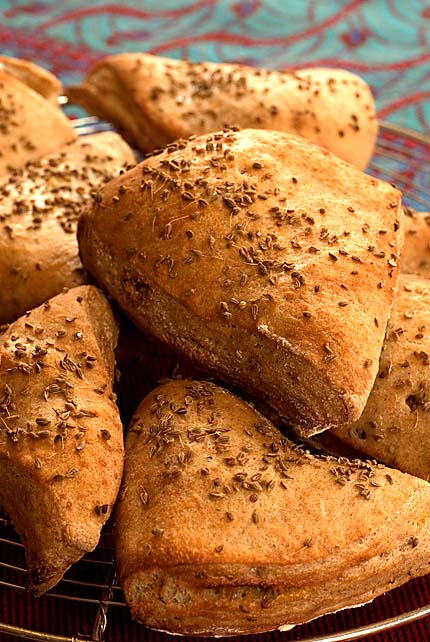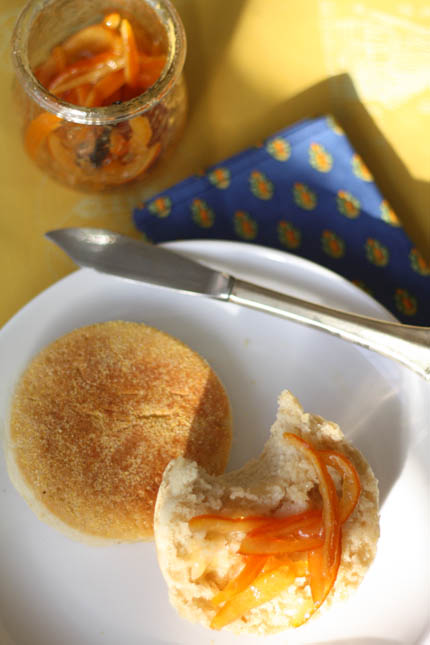Early editions of Healthy Bread in Five Minutes a Day had some errors sneak through; all were corrected in later printings:
Page 65 (Step 5 in “Whole Grain Garlic Knots with Parsley and Olive Oil”): Add the words “Sprinkle grated cheese over the knots.”
Page 79 (Ingredients list for “100% Whole Wheat Bread, Plain and Simple”): The list says you can swap whole grain spelt flour for whole wheat in this recipe, but unfortunately, spelt flour isn’t yet standardized across the market, and some readers find that their brand doesn’t absorb as much water as typical whole wheat flour, resulting in a dough that’s too wet. If you’re finding that, add in additional flour until you have a dough that’s about the usual consistency for what you’re getting in the book, or in this video.
Page 109 (intro paragraph): Second sentence should read “By blending cracked wheat with whole wheat flour and all-purpose flour, we produced…”
Page 174 (Ingredients list for “Four-Leaf Clover Broccoli and Cheddar Buns”): Quantity for vital wheat gluten should read “1/4 cup” (not “1/4 tablespoon”)
Page 177 (Ingredients list for “Sweet Potato Spelt Bread”): Quantity for water should read “3 cups” (not “3 1/2 cups”)
Page 271 (Step 4 of “Milk and Honey Raisin Bread”): “… use over the next 5 days (not 10). Or store the dough for up to 2 weeks in the freezer in loaf-sized portions.”
Page 275 (Ingredients list for “Whole Wheat Brioche”): Quantity for vital wheat gluten should read “1/4 cup” (not “2 1/4 cups”), and quantity for lukewarm water should read 2 1/4 cups (not “2 cups”)
Also note, sometime after the publication of the book, the Williams-Sonoma company stopped offering a lifetime replacement guarantee against cracking of its baking stones, so we can’t recommend their product anymore (see page 29).



